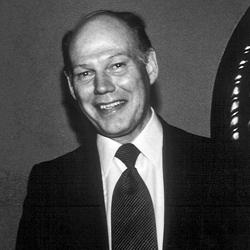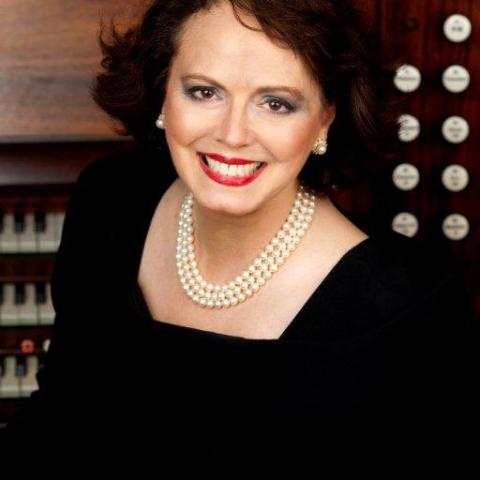
Robert L. Town, professor of organ emeritus at Wichita State University, died on December 10, 2013. He was a master teacher, recitalist, and consultant during his long and productive career. (See Lorenz Maycher, “A Conversation with Robert Town,” The Diapason, May 2008.) Born October 31, 1937, in Waterman, Wisconsin, his interest in the pipe organ began at age three, when he attended church for the first time. At age 12, he headed a successful campaign to purchase a Hammond organ for his church, and at 15, he was appointed organist at First Baptist Church in Weedsport, New York. Town received his Bachelor of Music degree in 1960 from the Eastman School of Music, studying with Catharine Crozier. He entered Syracuse University as a master’s student of Arthur Poister, graduating in 1962 and continuing his studies there while filling a one-year vacancy in the department. Later, he continued his doctoral work with Marilyn Mason at the University of Michigan. At age 25, Town won the Boston Symphony Orchestra’s Young Artist Competition, over two finalists ten years his senior; this led to his national debut as a recitalist in a career playing in the United States, Canada, and Europe, including at the Kennedy Center, St. Thomas Church for the New York World’s Fair, and Notre Dame Cathedral in Paris.
Town became chairman of the Wichita State University organ department in 1965 and taught until he retired in 2006. His students were successful in prestigious competitions over a 20-year period, including two winners at Fort Wayne in addition to nine finalists at the Ruth and Clarence Mader competition (Pasadena), the Gruenstein competition (Chicago), and the national undergraduate competition in Ottumwa (Iowa). Two students won international competitions and three were selected as Fulbright Scholars. Perhaps his greatest achievement was in securing the four-manual, 63-stop, 85-rank Marcussen tracker pipe organ at Wichita State University in 1987. Marcussen and Son had never produced an instrument in the United States but were persuaded when told that Wiedemann Recital Hall (named for the organ’s benefactor, Gladys Wiedemann) would be erected specifically to house the organ. In 1994, the Rie Bloomfield Recital Series was endowed on the campus.
Professor Town’s estate provided a bequest to establish the Robert L. Town Distinguished Professorship in organ, a position currently held by Professor Lynne Davis, and provided for the ongoing maintenance of the Marcussen. Ten years before his death, Town made an endowed gift to keep all of the practice organs on the campus well maintained. Memorials may be sent to Harry Hynes Memorial Hospice, 313 S. Market, Wichita, KS 67202 or the Marcussen Organ Maintenance Fund, c/o WSU Foundation, 1845 N. Fairmount, Wichita, KS 67260.



